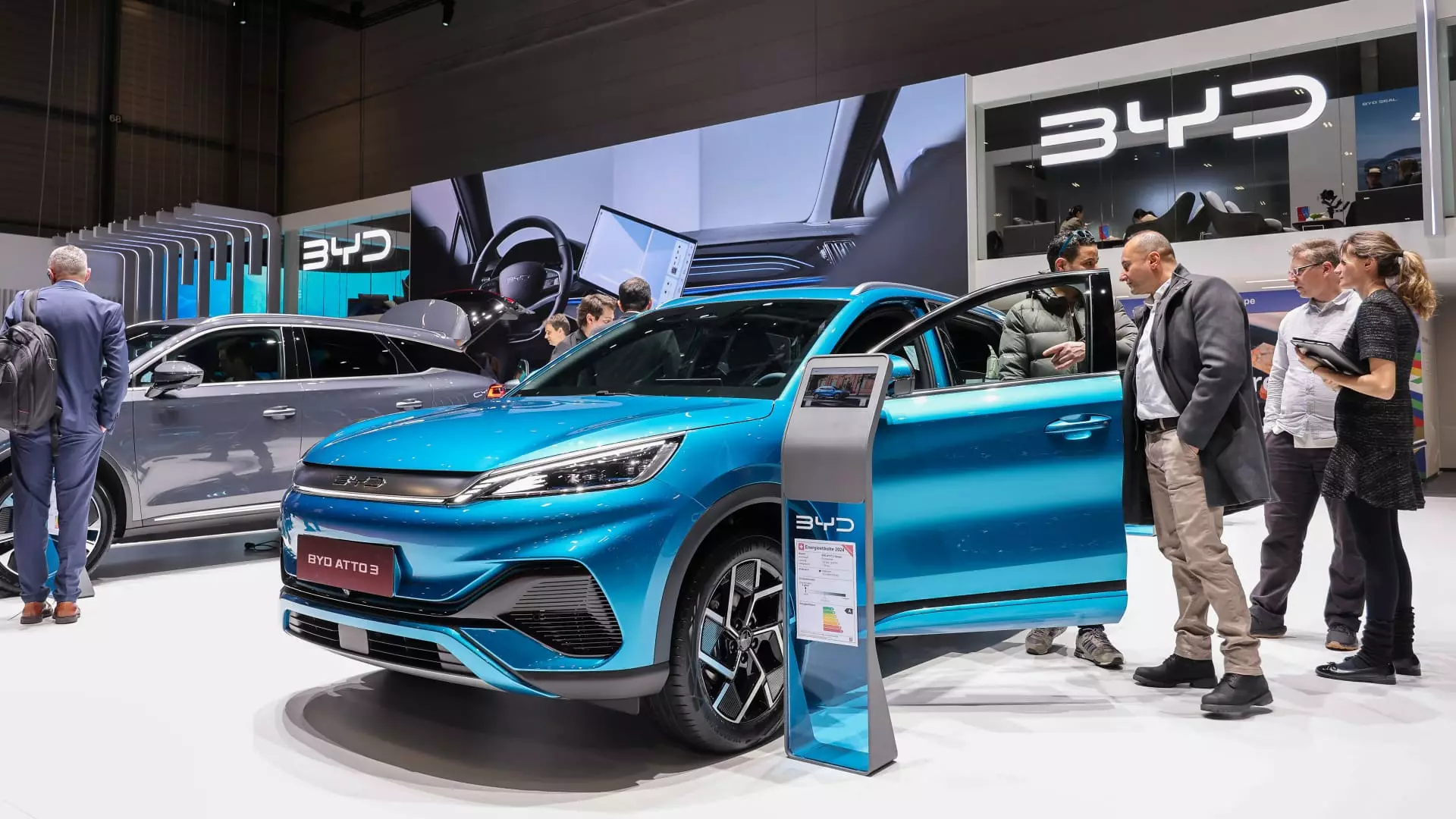The landscape of electric vehicle (EV) sales in Europe is shifting, with China-made EVs projected to make up more than a quarter of sales this year. This marks a significant increase of over 5% from the previous year, according to a recent policy analysis. In 2020, about 19.5% of battery-powered EVs sold in the European Union (EU) originated from China, with a considerable portion of sales in countries like France and Spain being attributed to Chinese EVs.
Looking ahead, the European Federation for Transport and Environment (T&E) anticipates a continued rise in the share of China-made vehicles in the region. By 2024, it is estimated that just over 25% of all EVs sold in Europe will be of Chinese origin. This growth can be attributed to Chinese brands like BYD expanding their global presence and gaining traction in the European market.
While Western brands like Tesla currently dominate the EV market in the EU, the forecast indicates that Chinese brands will gradually increase their market share. By 2024, Chinese brands alone are expected to capture 11% of the regional EV market, with the potential to reach 20% by 2027. This trend poses both challenges and opportunities for the automotive industry in Europe.
The European Commission has initiated an investigation into subsidies provided to electric vehicle manufacturers in China amid concerns of unfair competition. Non-Chinese brands that import EVs from China, such as Tesla and BMW, may also come under scrutiny as part of this investigation. The findings of this inquiry could have implications for the future of EV trade between China and Europe.
According to industry experts like Tu Le, the incentive programs introduced in China in the early 2010s have spurred a surge in EV startups and enhanced battery cell production in the country. This has paved the way for the development of affordable EVs, giving Chinese manufacturers a competitive edge in the global market. In contrast, the EU and the US have lagged behind due to a slower adoption of EV technology by traditional automakers.
T&E has proposed increasing tariffs on imported EVs to level the playing field for European manufacturers. Raising tariffs to at least 25%, up from the current 10%, could make medium-sized EVs from China more expensive than their EU counterparts. However, this approach would require Europe to strengthen its battery cell production capabilities to reduce dependency on Chinese suppliers.
Despite the challenges posed by shipping EVs from China to Europe, manufacturers like Tesla and BYD have committed to expanding their production operations in the continent. This shift towards local manufacturing could alleviate some of the policy risks associated with importing China-made EVs. As the EV market continues to evolve, collaboration and competition between Chinese and European manufacturers are expected to shape the future of sustainable mobility.


Leave a Reply